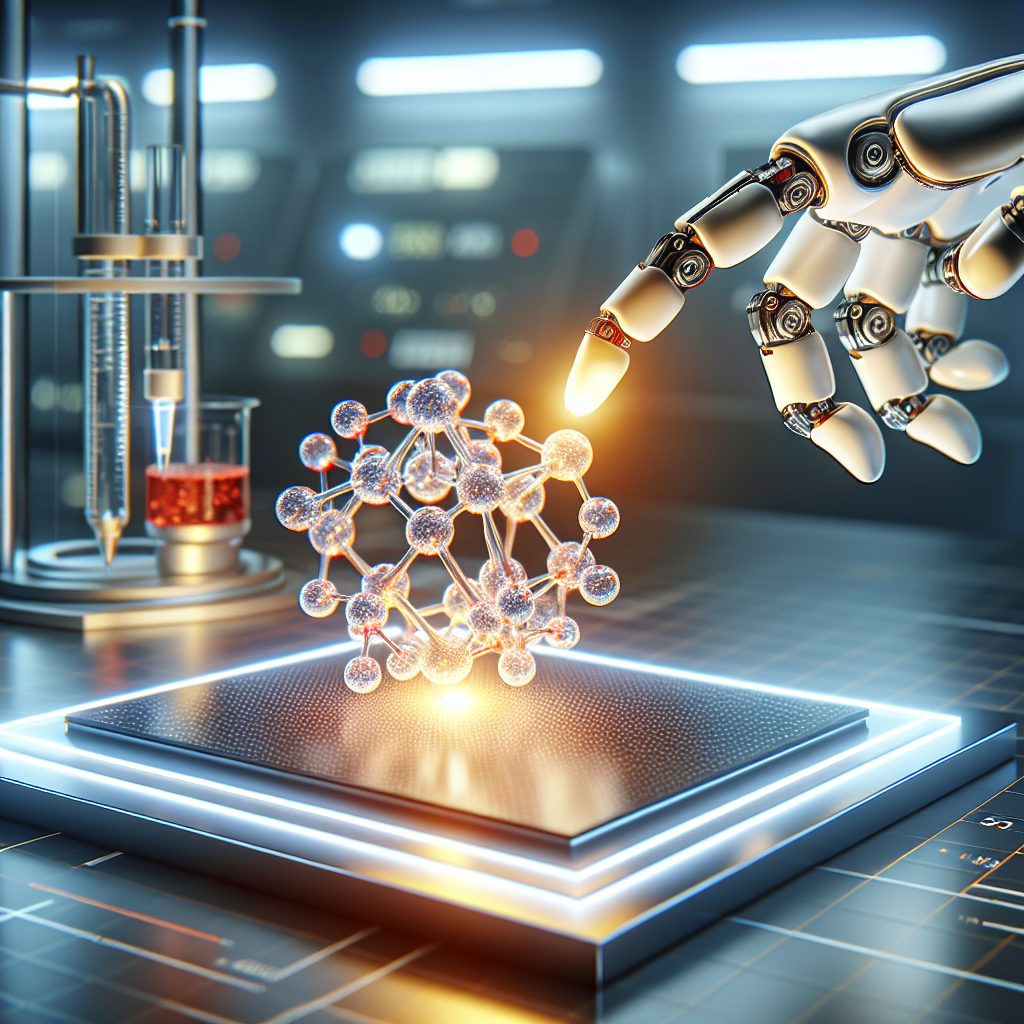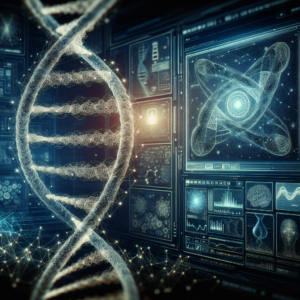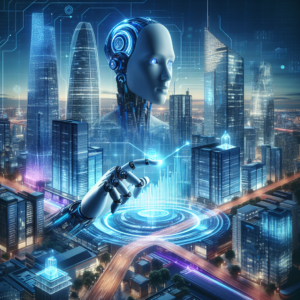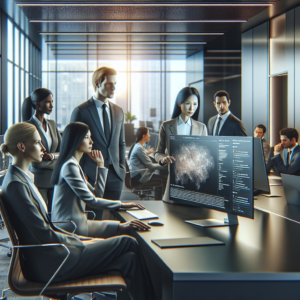AI is Pushing the Limits of the Physical World
As artificial intelligence (AI) continues to evolve, its influence reaches into various domains, fundamentally altering how we interact with the physical world. From advancements in robotics to breakthroughs in material science, AI is driving innovation that challenges traditional boundaries. This blog post delves into the multifaceted applications of AI in shaping our physical environment, shedding light on its potential and the implications it may have on society.
The Revolution in Robotics
The field of robotics has seen remarkable transformations thanks to AI. Robots, once limited to performing simple, repetitive tasks, are now becoming sophisticated agents capable of learning, adapting, and making decisions in real-time. Here are a few key areas where AI is revolutionizing robotics:
Autonomous Vehicles: Self-driving cars are perhaps the most prominent example of AI in robotics. These vehicles rely on a complex interplay of AI algorithms and sensory technologies to navigate roads, interpret traffic signals, and react to unpredictable elements.
Manufacturing Robots: In industrial settings, AI-powered robots are streamlining production processes. By utilizing machine learning, these robots can optimize workflows, predict equipment failures, and enhance quality control, leading to increased efficiency and reduced waste.
Healthcare Robotics: AI is also making strides in healthcare through robotic surgical assistants and caregiving robots. These innovations improve precision in surgeries and enhance patient care, providing support to medical professionals while minimizing human error.
AI in Material Science
Advancements in material science are significantly impacted by AI, paving the way for the creation of new materials that can withstand extreme conditions or serve specialized purposes. The following are notable examples of how AI is contributing to this field:
Predictive Analytics: By analyzing vast datasets, AI can predict the properties and behaviors of materials, allowing scientists to develop composites with enhanced capabilities. This has applications in aerospace, construction, and electronics.
Smart Materials: AI is leading to the development of smart materials that can respond to environmental stimuli. These materials have potential uses in various industries, including fashion, where clothing could adjust its temperature based on external conditions.
Accelerating Research: AI simplifies the research process by automating experiments and data analysis, expediting the discovery of new materials. This accelerates innovation and reduces the time taken to bring new products to market.
AI and Environmental Sustainability
As we face pressing environmental challenges, AI is emerging as a powerful ally in promoting sustainability. The ability to analyze and process data at unprecedented scales enables AI to contribute to ecological conservation efforts in various ways:
Resource Management: AI technology can optimize resource allocation, ensuring efficient use of energy, water, and raw materials in industries. Smart grids and AI-driven energy management systems can significantly reduce energy waste.
Climate Modeling: AI models are improving the accuracy of climate forecasts, allowing scientists to understand climate patterns better and devise impactful strategies to combat climate change.
Wildlife Conservation: AI applications such as drones and autonomous monitoring systems are helping conservationists track endangered species and combat poaching through real-time monitoring and data collection.
The Future of AI and Human Interaction
As AI integrates further into our physical world, the dynamics of human interaction with technology will inevitably change. While AI presents opportunities for enhanced efficiency and innovation, it also raises ethical and social concerns. Key considerations include:
Job Displacement: The automation of tasks previously performed by humans could lead to significant job loss in certain sectors. The challenge lies in finding ways to reskill the workforce and create new job opportunities in emerging fields.
Bias and Fairness: AI systems are only as good as the data they are trained on. If biased data is used, the AI may perpetuate existing inequalities. Addressing these biases is crucial for ensuring fairness in AI applications.
Privacy Concerns: With AI’s reliance on vast amounts of data, privacy concerns are paramount. Striking a balance between data utilization for innovation and protecting individual privacy remains a challenge for policymakers.
Conclusion: Embracing the AI-Driven Future
AI is not merely a technological advancement; it is a transformative force reshaping our physical world. The continuous integration of AI into robotics, material science, and environmental conservation showcases its potential to solve complex problems and improve our quality of life. However, as we embrace this AI-driven future, it is essential to address the associated ethical and societal challenges to ensure that the benefits of AI are equitably distributed.
In summary, while the journey toward a world increasingly influenced by AI presents hurdles, it also offers unparalleled possibilities. By fostering a culture of innovation and responsibility, we can harness AI’s capabilities to push the limits of the physical world while safeguarding our values and the well-being of society at large.



